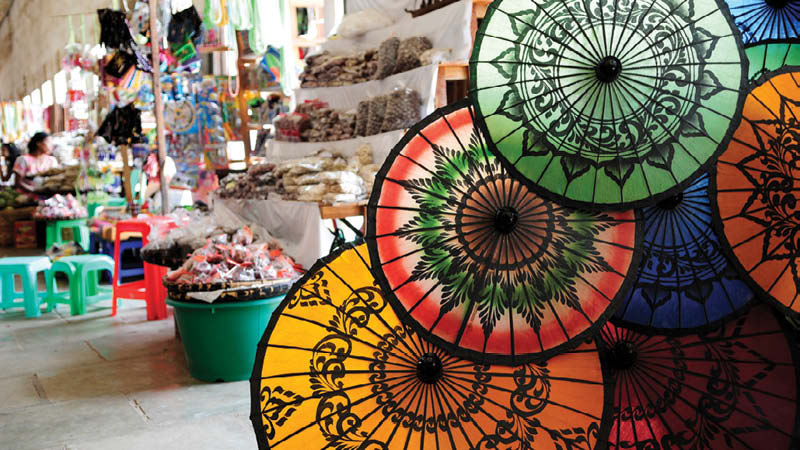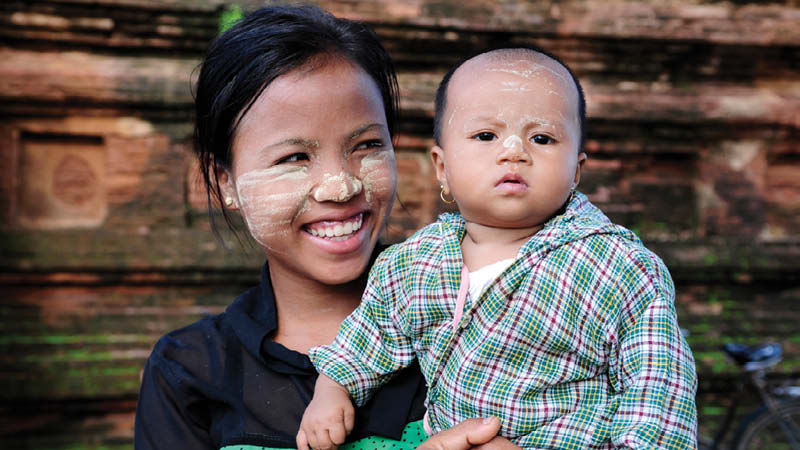Myanmar (mee-an-mar), formerly known as Burma, has always been a spiritual place. From the teachings of Theravada Buddhism to the simple wonder found in its incredible landscapes, travelers are sure to get a taste of enlightenment. Throughout its history (from the days of Kublai Khan to its recent landmark elections) this intriguing land has seen numerous periods of rebirth – maybe you will too.
Destination Must-See's
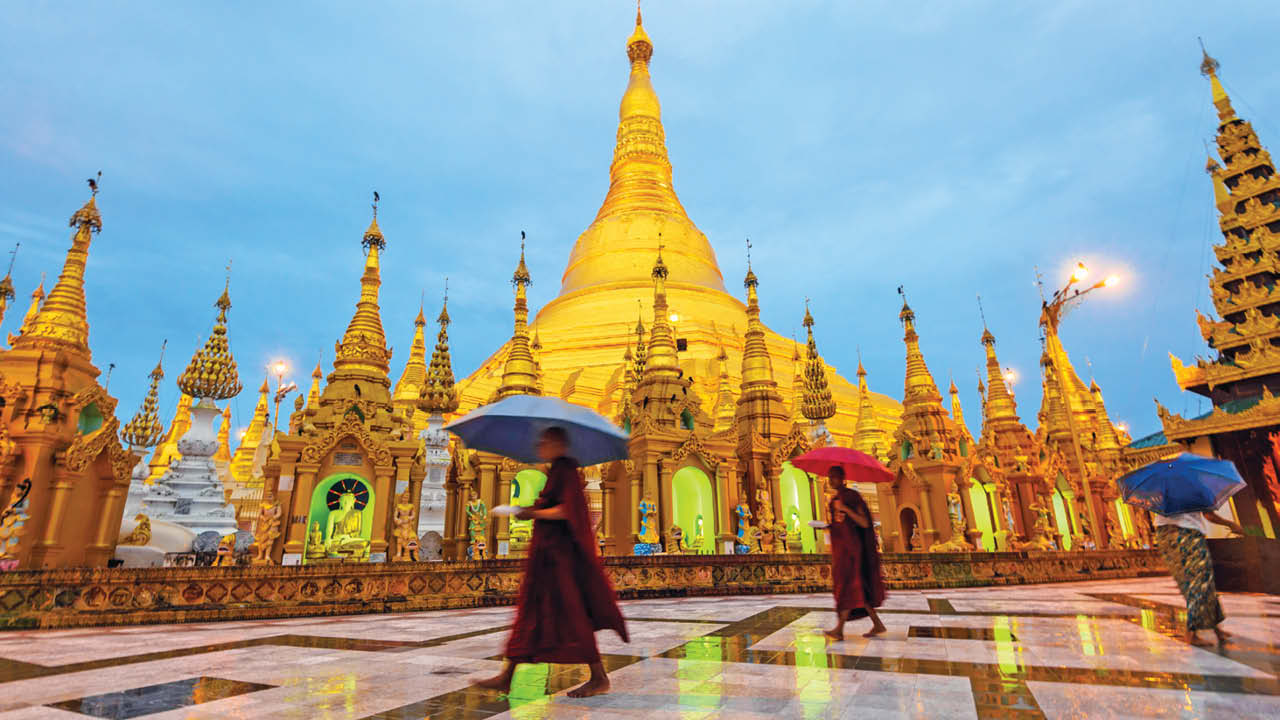
Shwedagon Pagoda:
Located in Yangon, the Shwedagon Pagoda is the most sacred structure in Myanmar. Legend says it is 2,500 years old, but historical experts say it was really built between the 6th and 10th centuries. Due to earthquakes, it has been rebuilt many times, but the current structure dates back to 1769. Legend also says it enshrines strands of the Gautama Buddha’s hair. It is covered with hundreds of plates of gold leaf, and its top is encrusted with more than 4,500 diamonds. Its southern entrance is guarded by two 18-foot-high chinthe, (lion-like creatures) that have to been seen to be believed.
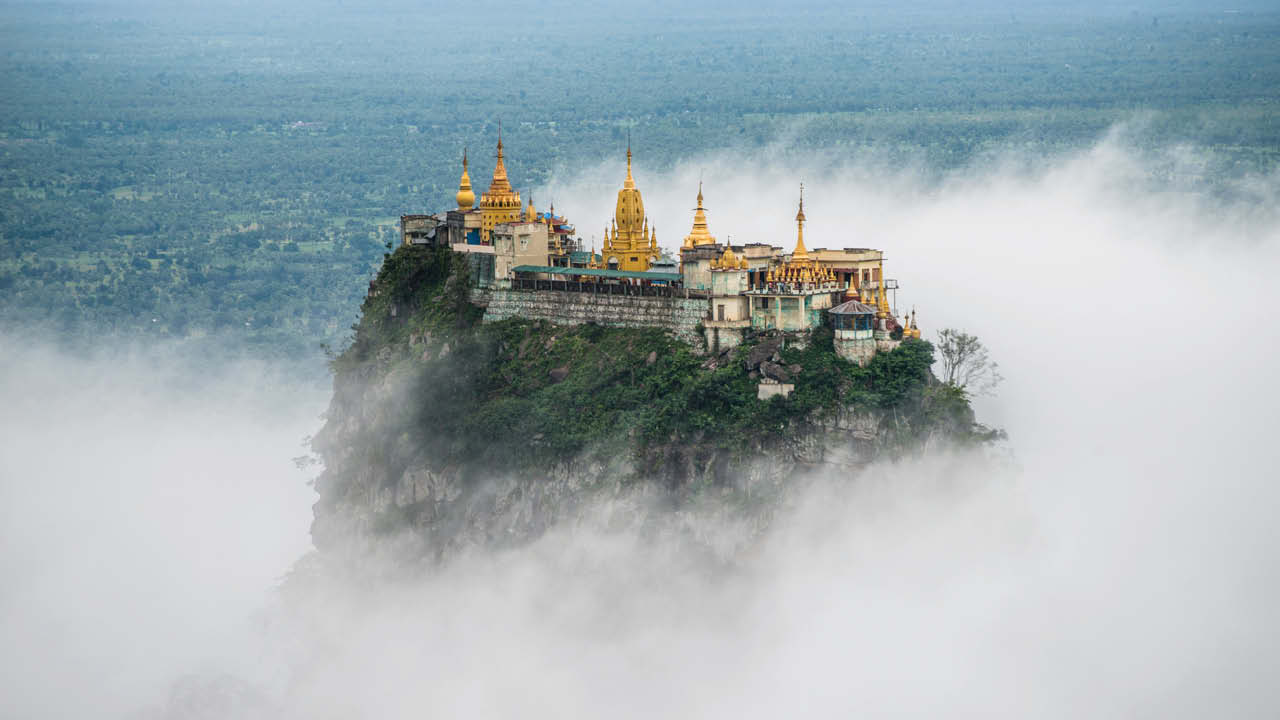
Mount Popa/Taungkalat Monastery:
Mount Popa (“flower mountain”) is an extinct volcano. A volcanic plug was formed at the opening when its magma hardened. On top of the mountain sits the Taungkalat Monastery (“pedestal hill”), an incredible site to behold. It is reached by a stairway of 777 steps, guarded by monkeys (they really want your food.) The monastery contains the statues of the 37 most important Nats, Burmese spirits that have been worshipped for centuries.

Pindaya Cave:
Near the Shan village of Pindaya, and not far from Inle Lake, one finds the Pindaya caves. (While there are three caves, only one is open to the public.) Legend says that a giant spider once lived there. The spider captured a princess and held her captive until a prince killed it and freed the princess. In reality, the cave is an important pilgrimage site for Burmese Buddhists. It is 492 feet long, and is crammed with more than 9,000 Buddha images, dating from the 18th century onward. The images are made of gold-plate, teak, marble, bronze, and other materials; some are small and some are life-size.
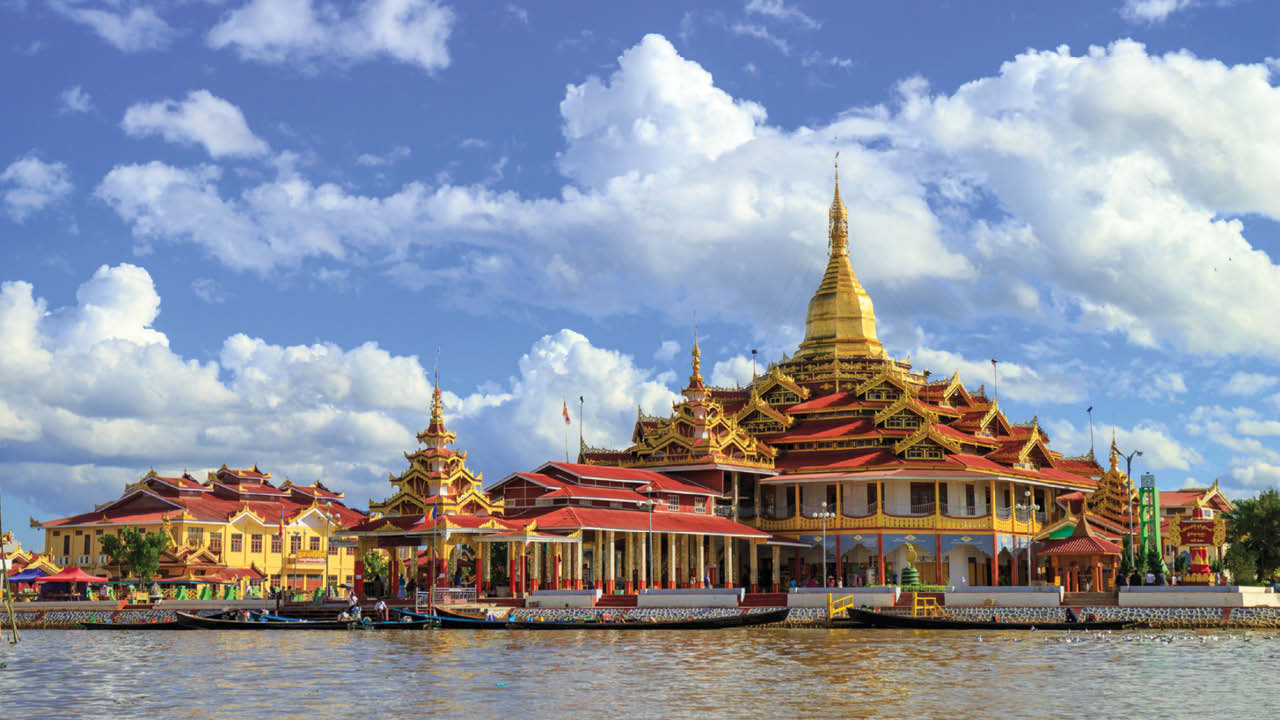
Pagodas:
Myanmar has been called “the land of pagodas,” and it’s no wonder why: there are more than 4,000 pagodas throughout the country. The terms pagoda and stupa and zedi are interchangeable here; they are holy Buddhist sites, built to hold relics. Buddha’s remains were said to have been buried in 10 mounds; the shape represents Buddha sitting on his throne in meditation. They are now used as a place for meditation. Bagan has many pagodas, as does Mandalay. The best-known and most sacred of Myanmar’s pagodas is the Shwedagon Pagoda, located in Yangon.
Destination Must-Do's
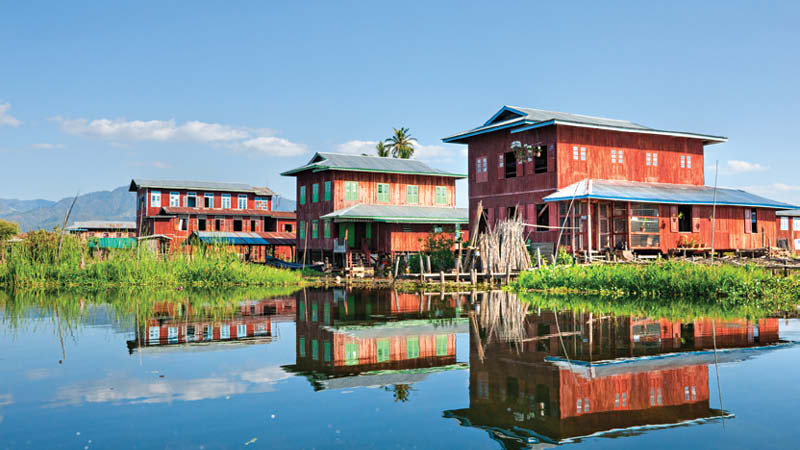
Inle Lake:
In the heart of the Shan Plateau, one finds Inle Lake. This shallow, freshwater lake is not large – some 45 square miles – but is distinctive and unique. The Intha people who live around the lake support themselves in many ways. Fishermen stand up at the stern of their boats and paddle with one leg so as to keep their hands free for their nets (they see better through the reeds standing). Others keep vegetable farms on floating gardens. On the shores of the lake, the village of Indein features hundreds of ancient pagodas surrounding and on top of a hill. Inle Lake is simply not to be missed.

Yangon:
Yangon, formerly known as Rangoon, is Myanmar’s largest city. Founded in the 11th century by the Mon people, the British took the city as a colony in the 19th century after a series of wars. The British built up Rangoon and filled it with gardens – it was known as the “garden city of the East.” Today, there are still a number of colonial-era buildings to be seen, such as the City Hall, the High Court, the Secretariat, and the Telegraph Office. Of course, the pinnacle of Yangon is the golden Shwedagon Pagoda.
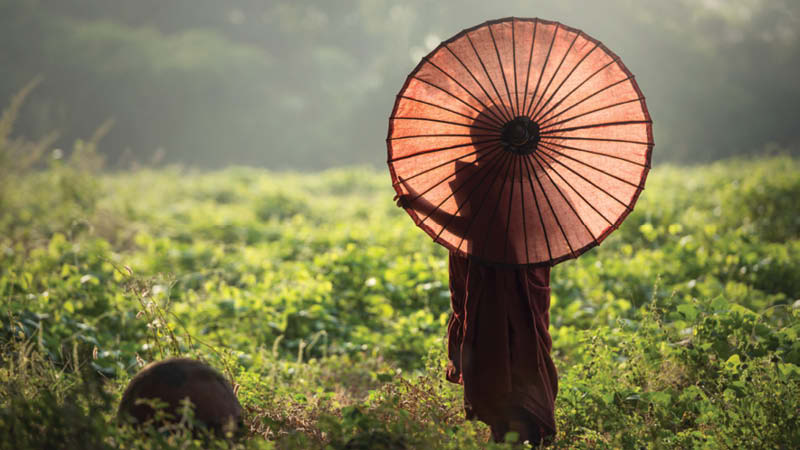
Mandalay:
This Burmese city came to be known from an eponymous Rudyard Kipling poem – “Come you back to Mandalay . . .” Relatively new, Mandalay was founded by King Mindon Min in 1857. He had Mandalay Palace built following traditional Burmese design, as a walled citadel surrounded by a moat. He also had the gilded Kuthodaw Pagoda built, known as the “World’s Biggest Book.” Surrounding its base are 730 marble tablets containing the Buddhist texts known as the Tipitaka. The British colonized Mandalay, and it was heavily damaged during World War II. (Mandalay Palace was destroyed and was rebuilt in the 1990s.) Fires also took their toll on the city, and it fell into disrepair under military rule. Today, Mandalay is the second-largest city and a center of Burmese culture.
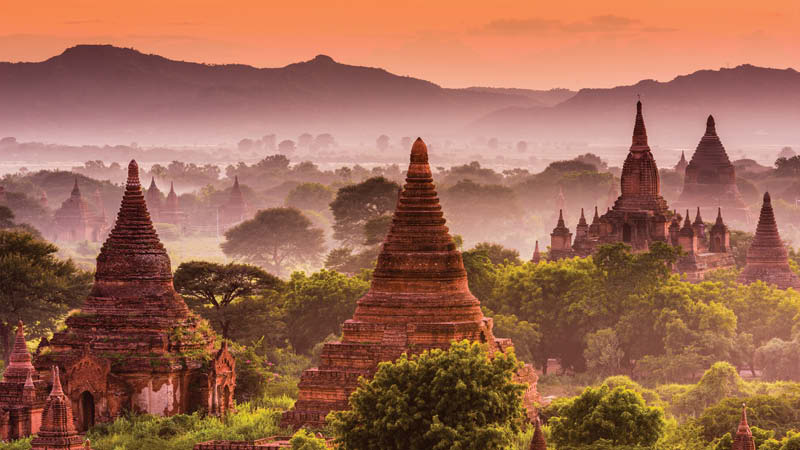
Bagan:
Bagan, once known as Pagan, was the capital of the kingdom of Pagan between the 9th and 13th centuries, before Mongol forces invaded. It was the first unified area of what is now Myanmar. Located along the Irrawaddy River, Bagan once had more than 10,000 temples. Today’s remaining temples are spread across the plains of Bagan, forming the Bagan Archaeological Zone, one of the richest in Asia.
